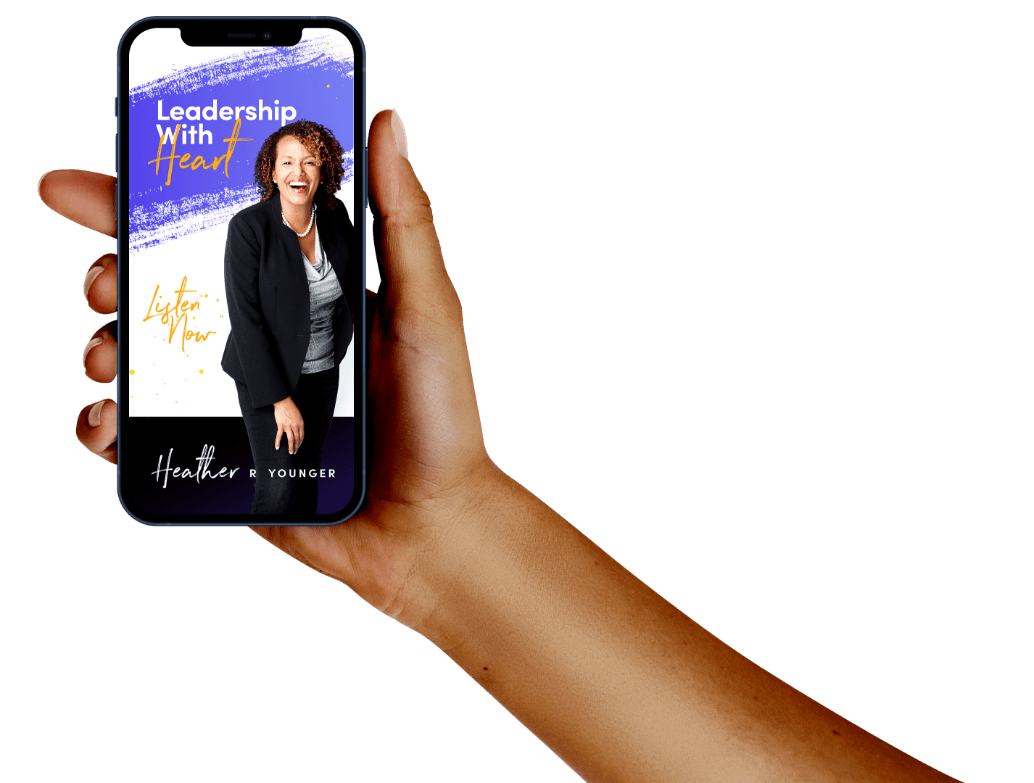I remember facilitating my very first culture team meeting, and it was a company that had a desire to increase their engagement and really gain buy-in from their employees and cultivate change and just improve..
And I remember there was this gentleman with his arms crossed. He looked very distant and shut off, and he was very doubtful that we would do anything in this team or for the organization.
I could tell by his body language and the way he interacted that he thought he was not going to have a voice in the team and that there would not be any change.
About 15 team meetings in, I could see a shift in him.
And finally, he comes up to me and you can see the joy and excitement about seeing the change within all our culture team initiatives. He was witnessing the executive team take action based upon the team’s recommendations. He could feel positive momentum growing.
It was an amazing experience to see the transformation within the employees.
Then, we started inviting more and more people to join the culture team and they started to lead the team themselves.
It was done by the people on the front lines who believed in seeing change within their environment and seeing the potential of creating that positive change.
So, what steps should you take to create a culture team in your organization?
1. Define the Goals
To define your goals, you need to make sure that you communicate your intentions to your employees so that they know what to expect and how to take the steps to accomplish those goals little by little each day. Then, you need to make sure that your people know you are there for whatever needs they have along the way so that you both know that you are on the same page for completing the steps towards those defined goals.
2. Select Team members.
Now, when choosing your team members, you need to make sure that you evaluate their helpful positive qualities, strong skill sets, flexibility, and work ethic. You need to focus on your vision of this team so that you can be more efficient with making your decision on who will be on your culture team. To make a stronger team of listeners, you need to make sure there is strong diversity on the team so that all the team members feel a culture of belonging. This will allow team members to know that their voices are heard no matter what life experiences, backgrounds, and perspectives they have.
3. Create a Team Charter
When creating a team charter, you need to make sure that you consult your team about the goals, the expectations, and discuss the terms of how the team needs to function to get the best results. Doing this, helps your team know what your vision is and leads to the team members having an understanding of the bigger picture and then creating a culture of listening and engagement. This will then establish a strong and positive relationship between you as the leader and the members that you chose to be on your culture team.
4. Set a Regular Meeting schedule.
After you put your team together, you will need to create some type of structure for weekly, biweekly, or monthly meetings with your team members. It is good to set a good professional routine because it shows that you are a fully engaged leader and that you are taking charge. Once you do this, it will allow you to create more of a consistent flow of communication within your group so that you know exactly where the members of your team are at with projects, and deadlines, and with their well-being and their life circumstances. In other words, you will then demonstrate to your team that you are, indeed, a caring leader who strives to advocate for their team’s success within the workplace and outside of the workplace.
5. Provide Resources and Support
Now, one of the most important tools you could give your team members is the proper resources for them to succeed. With this, you need to make sure that you are attuned to each team member’s individual needs, skills, strengths, and weaknesses and then go from there when providing them with the resources that best suit them. Once you give your team members the proper resources and once you show them that you are being a positive, supportive leader to them and fully present with them, they will be more receptive to that, which will produce stronger engagement.
Employee-led culture teams are a critical tool for creating more engagement and loyalty with employees. Being more thoughtful about their selection, formation and nurturing will go a long way to get the results you want. Have fun and reach out if you need help.
















